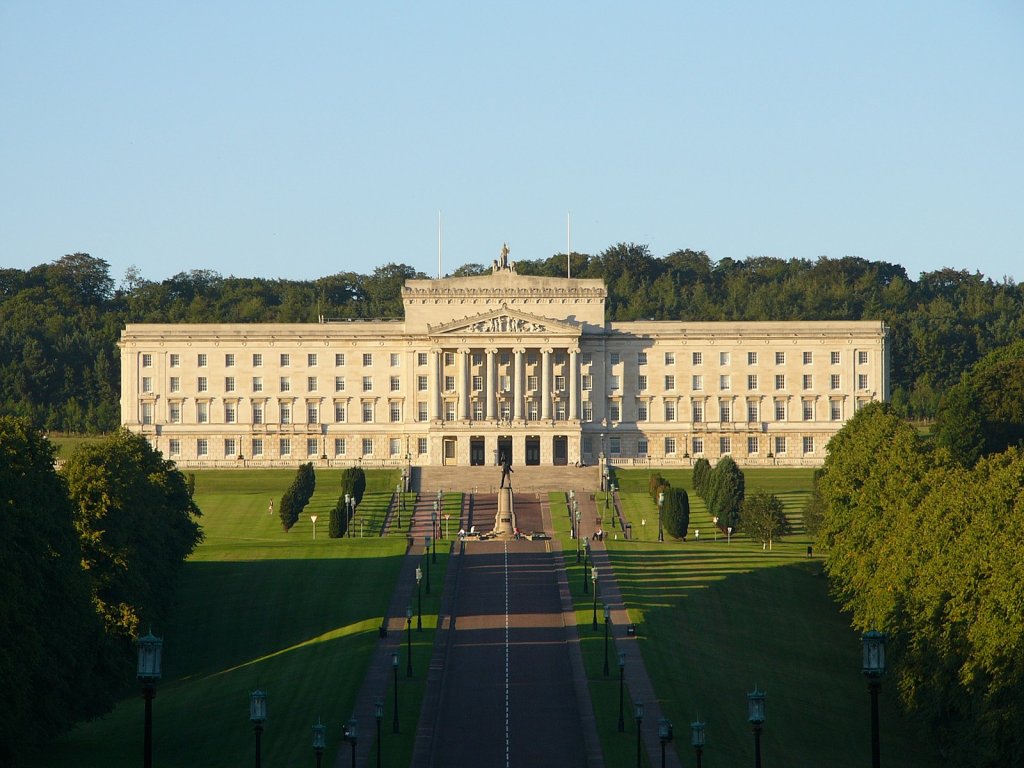The country we know as Ireland was conquered by the Normans in 1169 and lived under the rule of Britain for the next 750-plus years – aside from a brief decade of independence in the 1600s. In 1921, during the War of Irish Independence, Northern Ireland was created as a place where Unionists – supporters of British rule, mostly Protestants – were dominant.
The creation of Northern Ireland was part of the British government granting independence to greater Ireland, which the country had been fighting for since 1919. The Irish were granted their independence, but Northern Ireland remained in the United Kingdom – which did not sit well with some members of the Irish Free State.
Ireland was free, but not the whole of the island and that sparked a lot of conflict. Ireland wasn’t just divided by government, or by lines on a map, it also had religious divisions, with most of the country identifying as Irish Catholic, and much of Northern Ireland being Protestant. Meanwhile, some Catholics lived in Northern Ireland and vice versa. In Northern Ireland, however, Catholics claimed the government was biased against them.
Low levels of conflict continued in the form of legislation and trade war for a few decades until it began to bubble over in the 1970s. Political and nationalist factions fought for power and territory for 30 years until a 1998 agreement was reached, ending the conflict that became known as “The Troubles” and killed more than 3,500 Irish and UK citizens.
It all began when a civil rights organization inside Northern Ireland began a campaign to end discrimination against the Nationalist minority inside Northern Ireland. Usually Catholic, they claimed that the Unionist (those who wanted to be ruled by London) and Protestant majority were dominating life in the country. Protests erupted that were violently put down by the Royal Ulster Constabulary (RUC), the Northern Ireland police force.
Riots broke out in 1969, forcing the United Kingdom to deploy troops in the country to keep the peace. The Army built “peace walls” to separate populations in an effort to prevent more violence, but it came to no avail. British troops could be as violent as the RUC and the Irish Catholic and Nationalist banded to form paramilitary armies, terror organizations, and political parties aimed at expelling the British from Ireland.
The Unionists and Protestants responded by forming paramilitary forces of their own. Soon, both sides were engaged in full-on combat against one another. Guerrilla operations, bombing campaigns, and counterinsurgency operations were conducted in Northern Ireland for years and decades. This is where names like Irish Republican Army (IRA) and Ulster Volunteer Force (UVF)carried out bombings and shootings and entered the global pop cultural lexicon.

The bulk of the victims were civilians, with British forces and Irish paramilitaries coming in second and third, respectively. It wasn’t until the late 1980s that serious efforts to end the Troubles began in earnest. It took ten years of talks, negotiations and small concessions to reach the Good Friday Agreement in 1998. The deal was brokered by U.S. envoy George Mitchell, and it essentially created a new form of governance for Northern Ireland. It created a government that recognized that Northern Ireland wanted to be part of the UK, but recognized the rights of both Nationalists and Unionists.
A new parliament, called the Northern Ireland Assembly, was created in Belfast. It also said the country can only leave the UK through a vote from citizens. Those who lived there could be Irish or British citizens, or both if they chose. In return the British Army would withdraw its combat forces, armed groups would lay down their arms, and those arrested for violence would be released from prison.
The agreement has held for the past 25 years, but some worry that new laws covering Britain’s exit from the European Union could cause rifts in the Good Friday Agreement – and lead to a return to violence.

